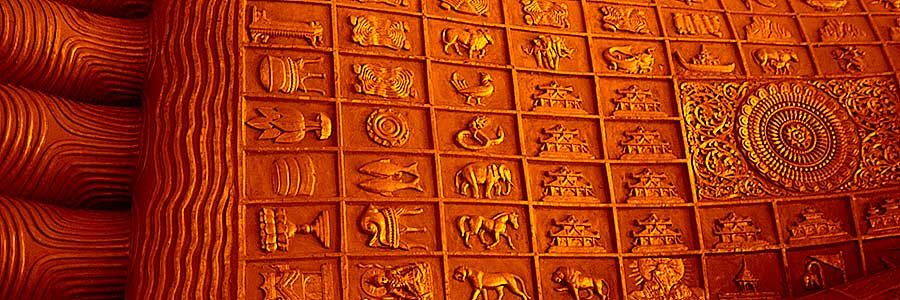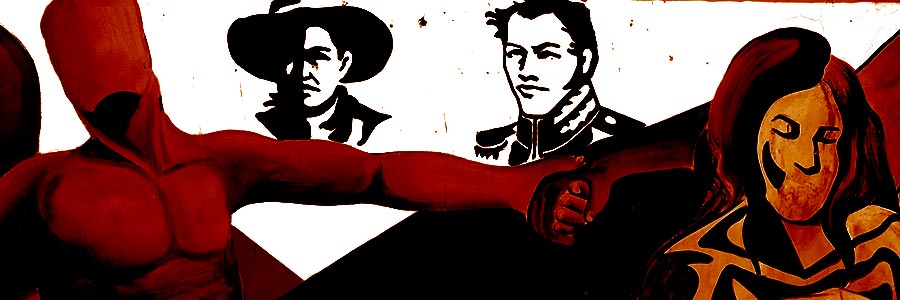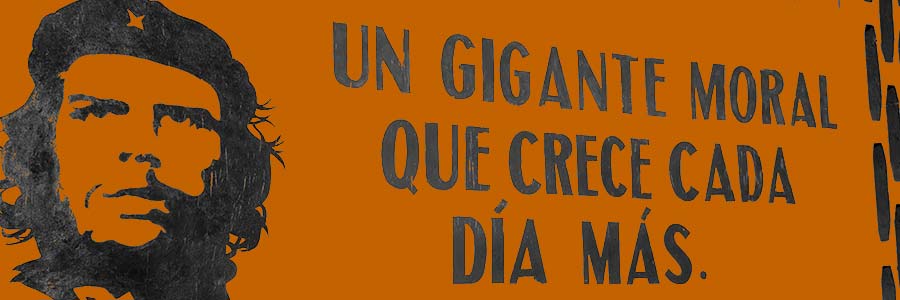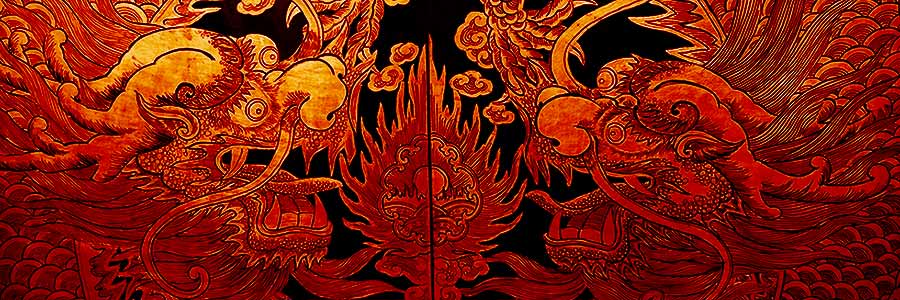Myanmar Is A Travel Photographer’s Dream
Until quite recently Myanmar was a difficult country to visit. The country was ruled for many decades by a military junta that was deeply suspicious of foreigners and that sought to keep international businesses out of the country. The paranoid isolationism of the governing generals stunted economic and social progress and kept Myanmar poor and under developed. Tourism was not encouraged. It took some effort to get a visa to visit there.
So suspicious of outsiders was the military government that it refused admittance to international aid groups for a whole month after Cyclone Nargis swept through the Irrawaddy Delta in 2008 and killed an estimated 130,000 people outright. The government’s hesitance to accept outside help for survivors of the cyclone cost hundreds of thousands of more deaths from starvation, disease, and dehydration.
With democratic elections in 2015 that saw Nobel Peace Prize winner Aung San Suu Kyi leading a new civilian government, Myanmar’s days of self imposed solitude seem to be coming to an end. Tourist visas are considerably easier to get now and foreign visitors, eager to get there before an inevitable tidal wave of touristic commercialism descends on Myanmar, are streaming into the country.
That Myanmar is currently undergoing development at a breakneck pace was quite obvious to me when I was there. Without exception, in every part of the country I visited I saw evidence of such development. Hotels were under construction, roads were being improved, Yangon’s airport was being expanded, and various commercial properties were being built.
Read The Full Post



